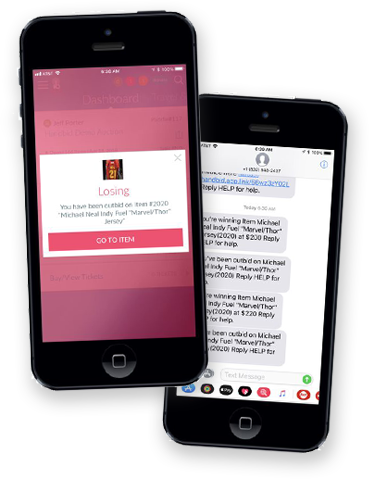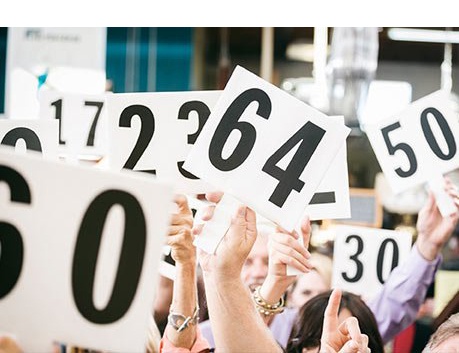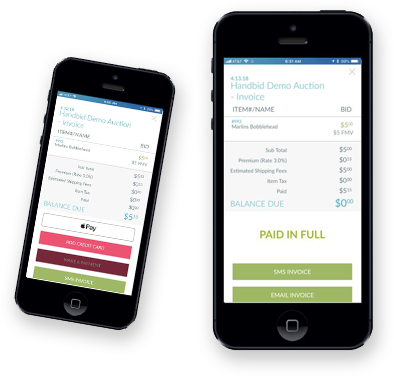If losing money is a fear of yours, one way to ensure that happens is to limit the audience who can attend or bid. Having no auction at all will dissuade some guests from participating at all in your event. Also with mobile bidding, you can reach people that could not physically attend your event. This is another way to increase your revenue in your auction. Remember, auctions work best when you have multiple people competing against each other for an item. Recruiting more bidders can only help increase your revenue, not reduce it.
Moreover, when you add a silent auction, you will be tapping into a larger portion of a guest’s wallet. So what do we mean by that? Well, it is commonly known that most households give about 2% of their annual household income to charities. When you are asking for donations, you are tapping into roughly 2% of every guest’s total annual budget. This amount has historically been consistent. However, silent auctions allow guests to tap into their discretionary income: travel, entertainment, luxury purchases, dining, food and wine.
For most households, this is about 14% of their total annual budget and does not overlap with their charity budget. So consider a household that makes $100,000 per year. Your donation request will come from a $2,000 budget they spend annually on charities, where as an auction will allow you to tap into an additional $14,000 they spend each year on vacations, travel, food, drink, entertainment, and other non-essential items!
So… why pass that up?
 find events
find events 
























